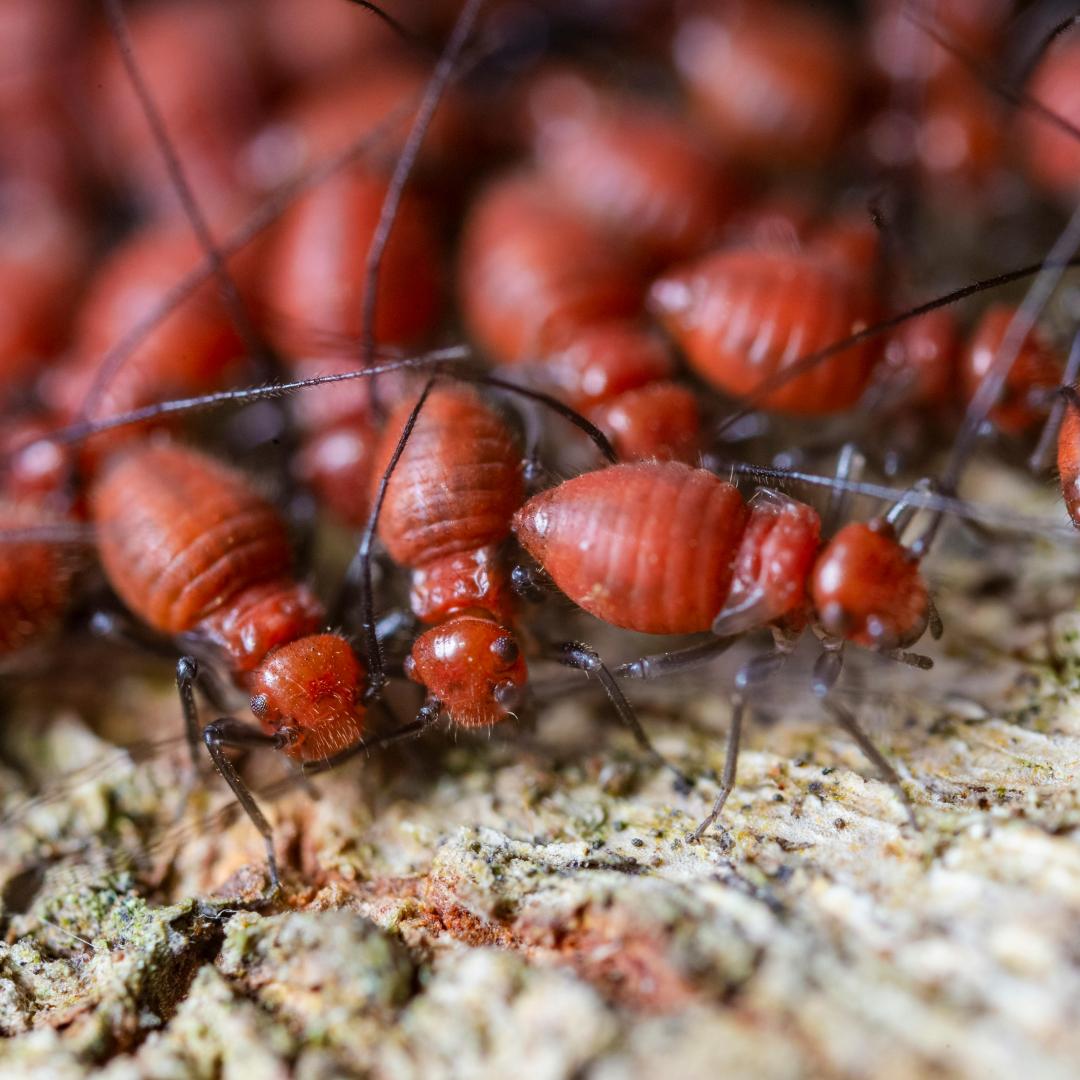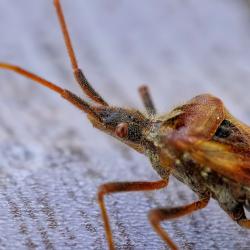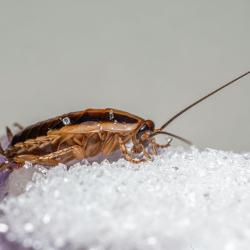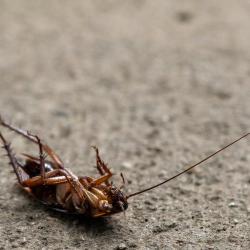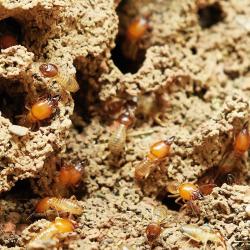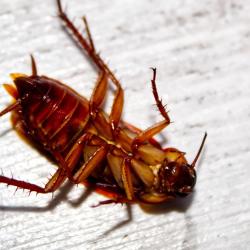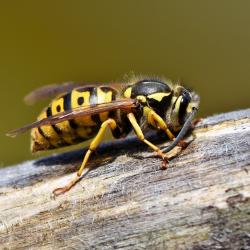Dealing with Termites: Signs, Prevention, and Treatment
Termites, often dubbed "silent destroyers," are infamous for their ability to wreak havoc on homes without immediate detection. Capable of causing significant structural damage, these pests can lead to costly repairs if not addressed promptly. Understanding the signs of a termite infestation, learning effective prevention strategies, and exploring available treatments are crucial for homeowners aiming to protect their properties from these tiny wood-eaters.
Signs of Termite Infestation
Detecting termites early is vital to prevent extensive damage. Homeowners should be vigilant for the following signs:
-
Mud Tubes: Subterranean termites often build mud tubes to travel from their colonies to their food source. These pencil-sized tubes, typically found along walls, foundations, or in crawl spaces, are a clear indicator of termite presence.
-
Discarded Wings: Swarming termites are looking to create new colonies, and they often shed their wings. Piles of these wings, resembling fish scales, can usually be found near windowsills or doorways.
-
Hollow-Sounding Wood: As termites consume wood from the inside out, affected wood often sounds hollow when tapped. This is a strong indication of infestation beneath the surface.
-
Frass: Drywood termites produce frass, or termite droppings, which resemble small, wood-colored pellets. Piles of frass near wooden structures may indicate active termite colonies.
-
Bubbling or Uneven Paint: Termites create moisture as they tunnel through walls, causing paint to bubble or appear uneven.
Prevention Strategies
Preventing a termite infestation is more manageable and less costly than dealing with the damage they can cause. Here are several preventive measures:
-
Eliminate Moisture: Termites thrive in moist environments. Repair leaking pipes, ensure proper drainage around the foundation, and use dehumidifiers in basements or crawl spaces to minimize moisture.
-
Remove Wood Debris: Keep woodpiles, mulch, and other wooden materials away from the home's foundation. Subterranean termites often use these as a food source and a bridge into the home.
-
Seal Cracks and Crevices: Inspect the exterior of your home for any cracks or gaps in the foundation, roof, or walls. Seal them to prevent termites from entering.
-
Regular Inspections: Conduct regular inspections of your property, particularly if you live in an area with a history of termite activity. Early detection can prevent a full-blown infestation.
Treatment Options
If an infestation is confirmed, there are several treatment options available:
-
Chemical Treatments: Liquid termiticides can be applied around the foundation, creating a barrier that deters termites from entering the home. This is a common and effective method for subterranean termites.
-
Bait Systems: Termite bait systems strategically placed around the property can eliminate entire colonies. The bait contains slow-acting insecticide, which is carried back to the nest by workers.
-
Fumigation: For extensive infestations, especially with drywood termites, fumigation may be necessary. This involves sealing off the structure and injecting a fumigant gas to eliminate termites throughout the home.
-
Heat Treatments: Increasing the temperature in an infested area is an effective, chemical-free method to eradicate termites. This treatment is environmentally friendly and targets termites without leaving residues.
Conclusion
Termites may be small, but the damage they can inflict on a home is substantial. Recognizing early signs of infestation, implementing strategic prevention measures, and choosing the right treatment options are essential steps in combating these destructive pests. By staying vigilant and acting promptly, homeowners can protect their investment and maintain a safe, termite-free environment.
